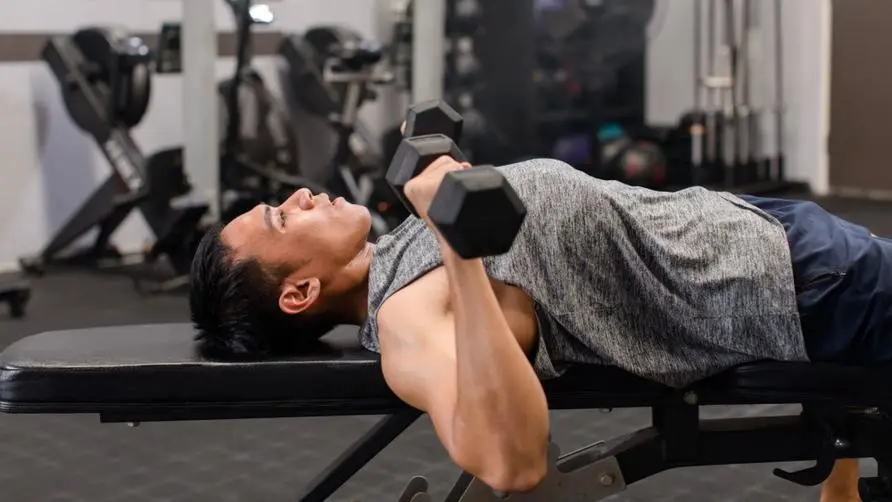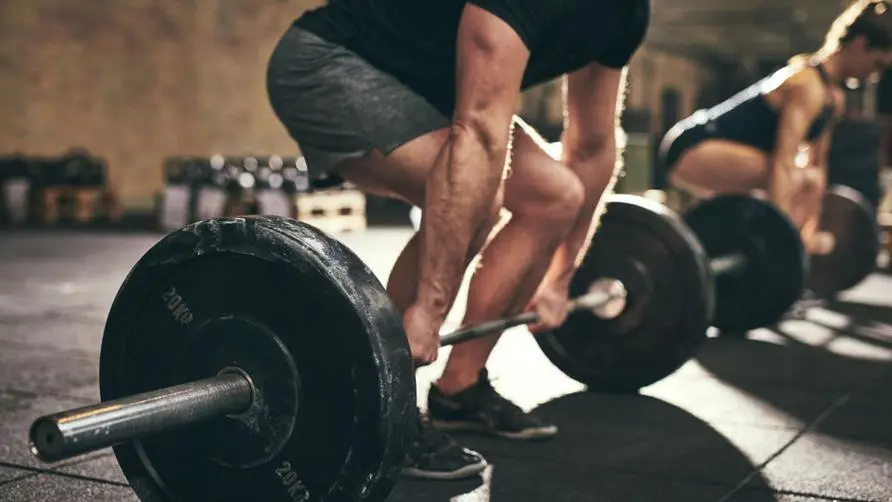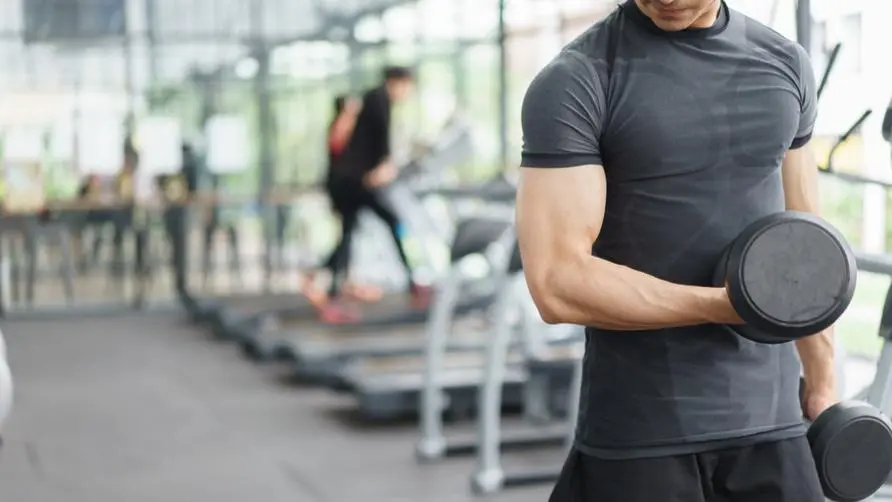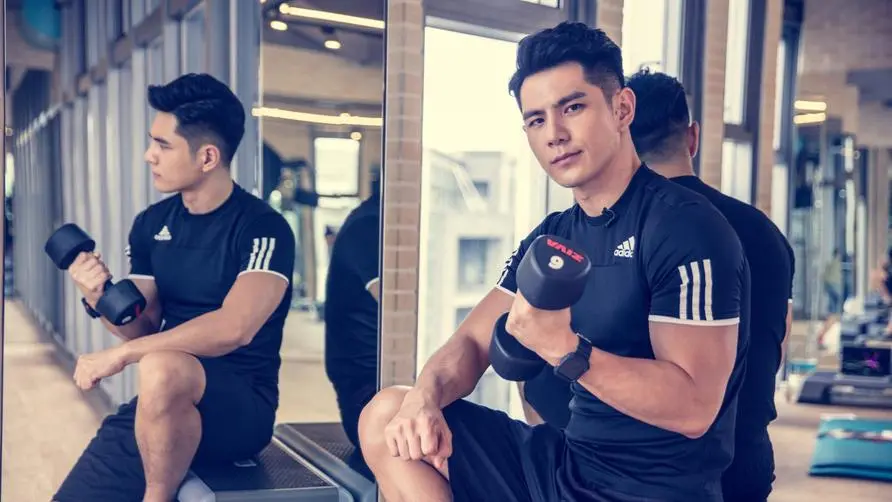Can your strength increase by 10% if you "shout out" during strength training? The coach reveals the correct breathing method: it is not effective just by taking a big breath

The following are questions about breathing and strength training, hoping to give you more ideas. Some problems don’t seem to need explanation at all, and some are very strange problems, but these problems will always occur to trainers.
“Shout out” during strength training to increase strength by 10%? Would it be more helpful to use the “Bruce Lee Roaring Method”?
Why do I feel like yelling during training? In 2006, when the author of this book was working as a consultant at Gold Gym, someone happened to be discussing in the news whether to yell during training. I told everyone at the time that some people yelled out after “all the actions were done”, which was completely unnecessary and seemed to just want to attract other people’s attention. However, if you yell efficiently, it will indeed be helpful for training, and there are also studies that prove that yelling will make you more powerful.
why? When you roar (or yell), your abdominal wall muscles activate, greatly increasing intra-abdominal pressure and core stiffness. Stuart McGill, an emeritus professor at the University of Waterloo in Canada and an expert on spinal mechanics, said: “Yelling can effectively improve sports performance.” A 2014 study by Drexel University in the United States also reached a similar conclusion. The study asked subjects to perform three types of exercises. How to grip the grip: Hold your breath, exhale, and yell as you exhale. “We found that yelling increases strength by 10 percent,” researcher Chris Rodolico writes in “The Science of Yelling During Strength Training” on WHYY.org.
So should we yell, shout, or let out Bruce Lee’s signature shout? It depends on what kind of action you are doing. Bruce Lee’s shout was short but powerful, allowing you to deliver a short but powerful blow. Pavel Tsatsouline, the master of Russian strength and conditioning training, once said: “Forcibly contracting the respiratory muscles and abdominal muscles to squeeze the air will increase the intra-abdominal pressure to the maximum. This method can greatly increase muscle tension or strength, which can last for about one second. “But if you use this method when testing your maximum bench press, it can be dangerous.
Tsatsouline also said: “The bench press lasts longer than the punch. If you use Bruce Lee’s shout when bench pressing heavy weight, your strength will not be sustained, and the barbell will press against your sternum like a guillotine. “Why is this? Because if you exhale all the air, the intra-abdominal pressure and core rigidity will decrease. So don’t use Bruce Lee’s shout at this time, but shout or scream when you breathe, so that you can maintain enough intra-abdominal pressure during the entire movement. Who yells the loudest? Tennis star Maria Sharapova can roar up to 101 decibels.
How to breathe to increase intra-abdominal pressure during strength training? Expert answer: 70% of inhalation vital capacity is the most correct
How big of a breath does it take to “take a big breath”? Imagine you are trying to break your personal best record in back squats. How do you breathe? First, focus on core preparation and maintain the proper tension throughout the body from head to toe. Then exhale horizontally, and then inhale vertically into your abdomen, but this is not the same as breathing vertically with your chest raised.
Boston strength and conditioning coach C.J. Murphy gets his trainees to do this breathing technique by asking them to “breathe through the back of their throat.” The great Louie Simmons (who invented the West Coast Barbell training method) suggested that lifters should Before the eccentric phase of the movement, tighten the core first, and then inhale as much air as possible; famous Russian coach Boris Sheiko suggests that trainers only need to take a small breath. These two methods are actually very common.
Dr. McGill mentioned above is a scientist in the laboratory. He once studied the impact of lung volume on intra-abdominal pressure and found that the ideal way is actually a “compromise”. When a trainer inhales 70% of the lung capacity, the maximum intra-abdominal pressure can be generated. What does this mean? First, always engage your core. Second, be sure to inhale before performing the movement. Third, how much gas you need to inhale to maximize your strength requires trial and error to know.
Coach Murphy once said: “I think it varies from person to person. Some people like to take a larger puff, and some people like to take a small puff. Both methods should be effective.” After all, Xue Ke and the athletes trained by West Coast Barbell are all Incredibly strong.
Further reading:





